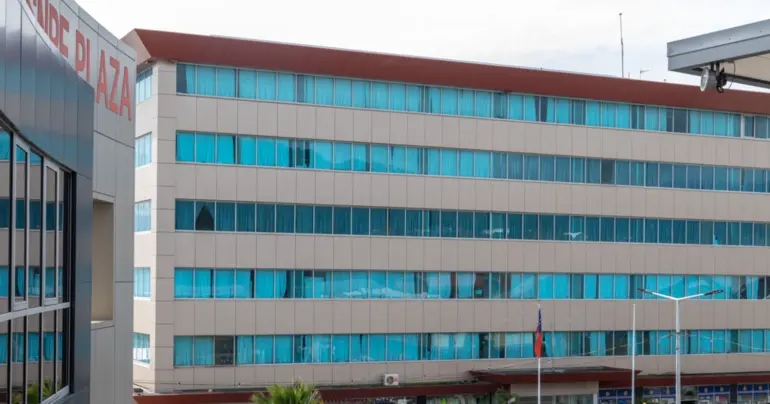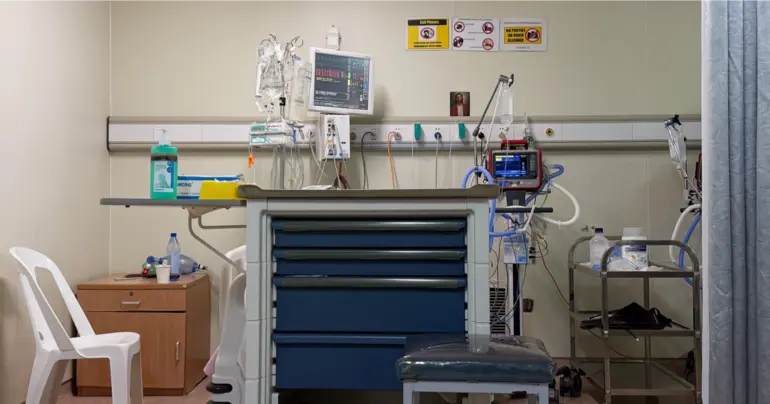How does a swab test work, and what does it look like?
 By Sapeer Mayron
•
25 November 2020, 9:30PM
By Sapeer Mayron
•
25 November 2020, 9:30PM
With Samoa having escaped much of the global experience of the COVID-19 pandemic, very few of people will have experienced the now ubiquitous nasal swab.
In New Zealand, where testing rates are among the highest in the world, health professionals have conducted 1,234,175 tests as of earlier this week.
Here in Samoa, testing is limited to suspected cases and two tests per repatriated citizen while they are in quarantine.
So far that has been 3,214 repatriated people, with an estimated 1000 still to come home before Christmas (pending the now postponed flight from Los Angeles).
So what does the nasal swab test entail, how is it tested for COVID-19 and what does it feel like?
The World Health Organisation guidelines state that a person is tested with a nasopharyngeal swab in each nostril using a “flexible, fine-shafted polyester swab.”
The person’s head is tilted back 70 degrees, and the swab gently and slowly inserted into the nostril and back into the nasopharynx, until it meets resistance.
It should be left in place for several seconds for the tip of the swab to absorb secretions from the body, and removed with a rotating motion.
For testing, the swab is run through a GeneXpert Machine, which tests the RNA in the genetic material collected in the swab and looks for evidence of COVID-19.
How does it feel to have a COVID-19 test done?
Recently repatriated Samoan Rona Solomona said the entire experience is quite uncomfortable.
And she would know, having had seven swabs up her nose in her long journey home, starting with two in Australia, then two in quarantine in New Zealand, one to get back to Samoa and another two in quarantine here on island.
“It’s very uncomfortable, and I must admit in all the tests that I had, I had tears, I always have to have a tissue. The first guy did warn me it would make my eyes cry, so when I got to New Zealand I asked for tissues, and sure enough tears did run.
“It feels like it’s going to hit your brain, like it’s going to go right past your eyebrows.”
In Australia, one single testing experience involved a swab to each nostril and even her throat. But in New Zealand staff tested just one nostril on each of the testing days at the beginning and end of quarantine.
So too in Samoa: a nurse in a mask, gloves, disposable gown and shoe coverings administered the swab to one nostril, slowly inserting the swab and rotating it several times, before holding it in place for three seconds, rotating in the other direction and waiting again, then slowly removing it.
“Then they twirl not once, not twice, they twirl maybe five or six times clockwise, and then three or four times anti-clockwise, and then they count three, two, one,” Ms. Solomona said.
“The three two one is not quick, they count three… two… one, before they pull it out. By then your tears are flowing.”
Ms. Solomona said her experiences in both New Zealand and Samoa were much the same, from the discomfort in the swab itself to the level of protective equipment staff were wearing to perform the swab.
Soon after the swab is removed, it is put into a clear, named plastic bag and sealed tightly, ready for testing.
Afterwards, Ms. Solomona said the pain and discomfort of the test lasted around 15 minutes. She pressed down against her nose with her finger to try and ease the discomfort.
And then it was over.
Tags
 By Sapeer Mayron
•
25 November 2020, 9:30PM
By Sapeer Mayron
•
25 November 2020, 9:30PM











